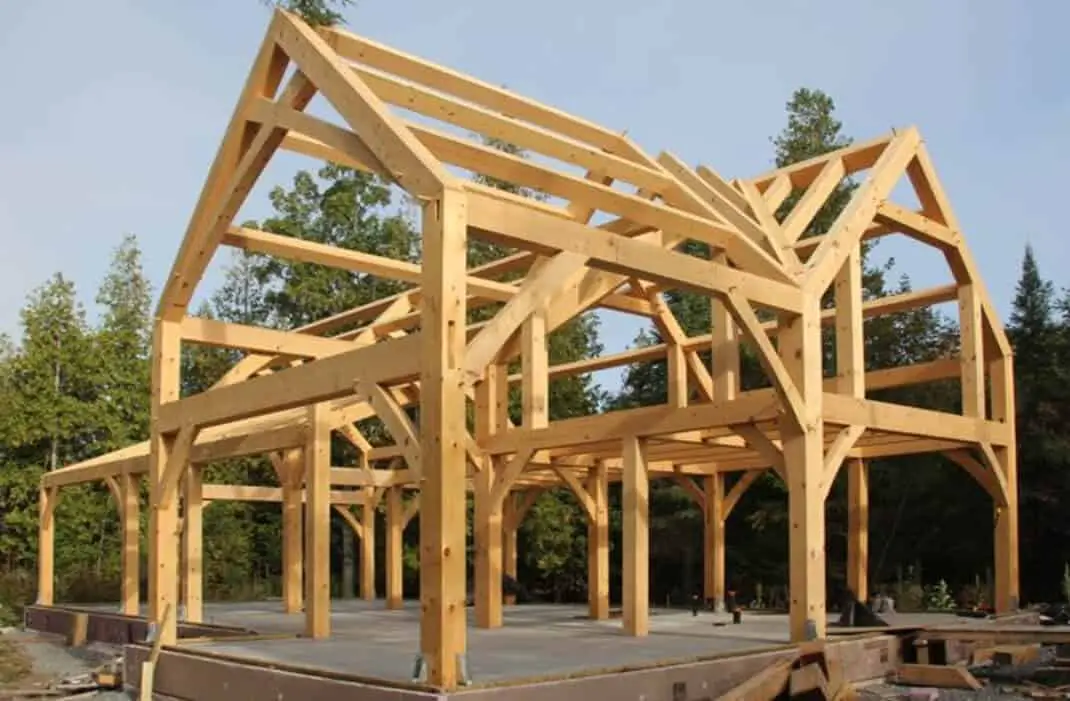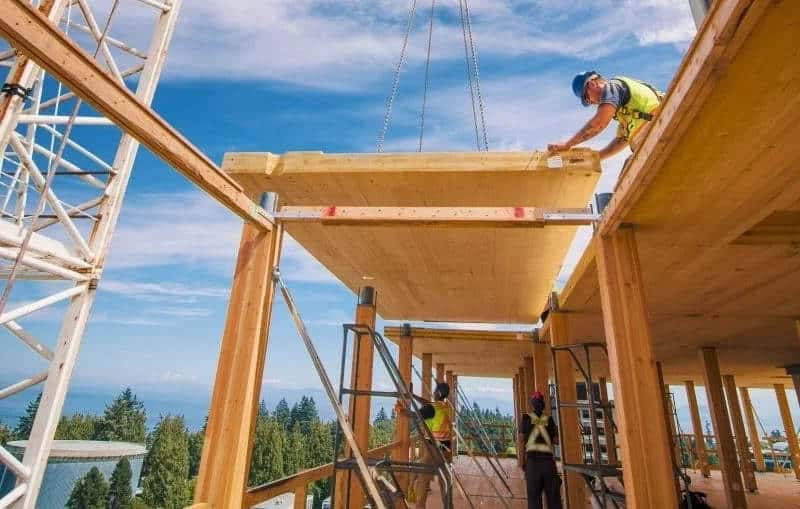Light Frame vs. Heavy Timber Construction: Choosing the Right Method for Your Build

As someone who loves diving deep into construction trends, I’ve found that the choice between light frame and heavy timber construction really comes down to the nature of the project and the desired outcomes.
Whether you’re looking to build a cozy home or a grand commercial space, understanding these two methods can help make the decision process a whole lot easier.
Light Frame Construction: Quick and Efficient
If you’ve ever watched a house go up in a matter of weeks, you’ve probably seen light frame construction in action. It’s the bread and butter of residential builds, and it’s easy to see why it dominates the North American market.
Materials and Speed
Light frame construction leans heavily on thin wood studs and trusses, typically made from dimensional lumber like 2x4s or 2x6s. These materials are lightweight and, quite frankly, a dream for speedy assembly. If you’ve got a tight schedule, this method will have you laying floors and putting up walls before you know it.
Whether it’s plywood or OSB (oriented strand board), light frame buildings are often sheathed with these materials to provide added stability, making it perfect for creating adaptable designs. You can throw up walls, tweak layouts, and frame windows and doors without breaking a sweat.
Applications in Residential and Small Buildings
The real magic of light frame construction lies in its versatility. It’s what you’ll find in most single-family homes, townhouses, and even small commercial structures. Why? It’s cost-effective, and when you’re building on a budget, light frame construction lets you stretch your dollars without sacrificing too much on design.
It accommodates just about any architectural style you can dream up. From Victorian-inspired to ultra-modern, you can make light framing work with virtually any aesthetic.
Fire Resistance and Limitations
But it’s not all sunshine and roses. Light frame construction doesn’t fare as well in the fire resistance department. The thin wood components, while great for flexibility and cost, ignite quickly, making them more vulnerable to fire. And once a fire gets going in a light frame building, it can spread fast.
This is something worth considering, especially for those in fire-prone areas or if safety concerns are top of mind.
Heavy Timber Construction: Built to Last

Now, if you’re looking for something a little more robust—something that can stand the test of time—then heavy timber construction might be more your speed. When I think of heavy timber, I picture large wooden beams, open spaces, and a sense of grandeur that’s hard to ignore.
Materials and Aesthetic Appeal
Heavy timber construction is all about using big, solid wood beams and columns, often referred to as mass timber. These substantial wooden elements provide an aesthetic that blends rustic charm with modern durability.
If you’ve ever walked into a space with exposed beams, you know how striking that can be. Those timber beams aren’t just there to look good either; they provide serious structural integrity.
Where You’ll Find It
You’ll often find heavy timber construction in larger commercial buildings, institutional spaces, and residential projects where aesthetic value is a priority.
Whether it’s a restaurant with soaring ceilings or a school building that needs to last for decades, this construction method shines where durability and visual appeal are key. Open floor plans become a breeze with heavy timber because the large wooden beams can support wide spans without the need for pesky interior walls getting in the way.
Superior Fire Resistance
One of the more surprising aspects of heavy timber construction is its fire resistance. You might think, “It’s wood; how can it be more fire-resistant?” But here’s the thing: when exposed to fire, the surface of the timber chars, creating a protective layer that actually slows down the burn.
So, unlike the thinner components of light frame buildings, heavy timber retains its structural integrity longer, buying valuable time in a fire emergency.
Weighing Your Options: Light Frame or Heavy Timber?
Both light frame and heavy timber construction methods have their place, and each offers unique advantages depending on the project at hand. But how do they really stack up when you’re trying to decide between the two? Let’s break it down in the table below:
| Feature | Light Frame Construction | Heavy Timber Construction |
| Materials | Thin wood studs and trusses (e.g., 2x4s, 2x6s) | Large solid wood beams and columns (mass timber) |
| Typical Applications | Residential homes, small commercial buildings | Larger commercial spaces, institutional buildings |
| Structural Integrity | Flexible, allows for various designs but less load-bearing | Robust, ideal for open spaces without many support walls |
| Fire Resistance | Low – Thinner wood ignites and spreads fire quickly | High – Wood chars slowly, maintaining structural integrity |
| Construction Speed | Fast assembly, perfect for budget builds | Slower, but built to last with a focus on craftsmanship |
| Cost | Generally more affordable upfront | Higher initial costs but more durable in the long run |
| Aesthetic Flexibility | Adaptable to various architectural styles | Visual warmth with a grand, exposed timber aesthetic |
Which Construction Method is Right for Your Project?
So, where does this leave you when it comes to choosing between light frame and heavy timber construction? For me, it boils down to a few key factors: your budget, the desired aesthetic, and long-term plans for the structure. If you’re working on a smaller project, like a home or a compact office space, and need to keep costs down, light frame construction is the way to go.
It’s fast, affordable, and fits a wide variety of architectural styles. Plus, it’s simple to work with if you plan on adding to the structure later.
But if you’re dreaming of grand, open spaces with exposed beams and a timeless feel, heavy timber construction offers unmatched beauty and durability. Sure, it’s pricier, but the longevity and fire resistance can make it a worthwhile investment, especially for larger commercial spaces or high-end homes.
Final Thoughts
In the world of construction, light frame and heavy timber stand as two powerful options, each with its own set of benefits. Personally, I love the flexibility and speed of light frame construction, especially when tackling residential projects. But there’s something undeniably captivating about heavy timber builds—their ability to bring warmth, durability, and an almost architectural poetry to any space.
No matter which route you choose, understanding these differences will help you make an informed decision.
At the end of the day, whether you’re building a cozy bungalow or a sprawling lodge-like retreat, the right construction method will be the backbone of your dream project.

